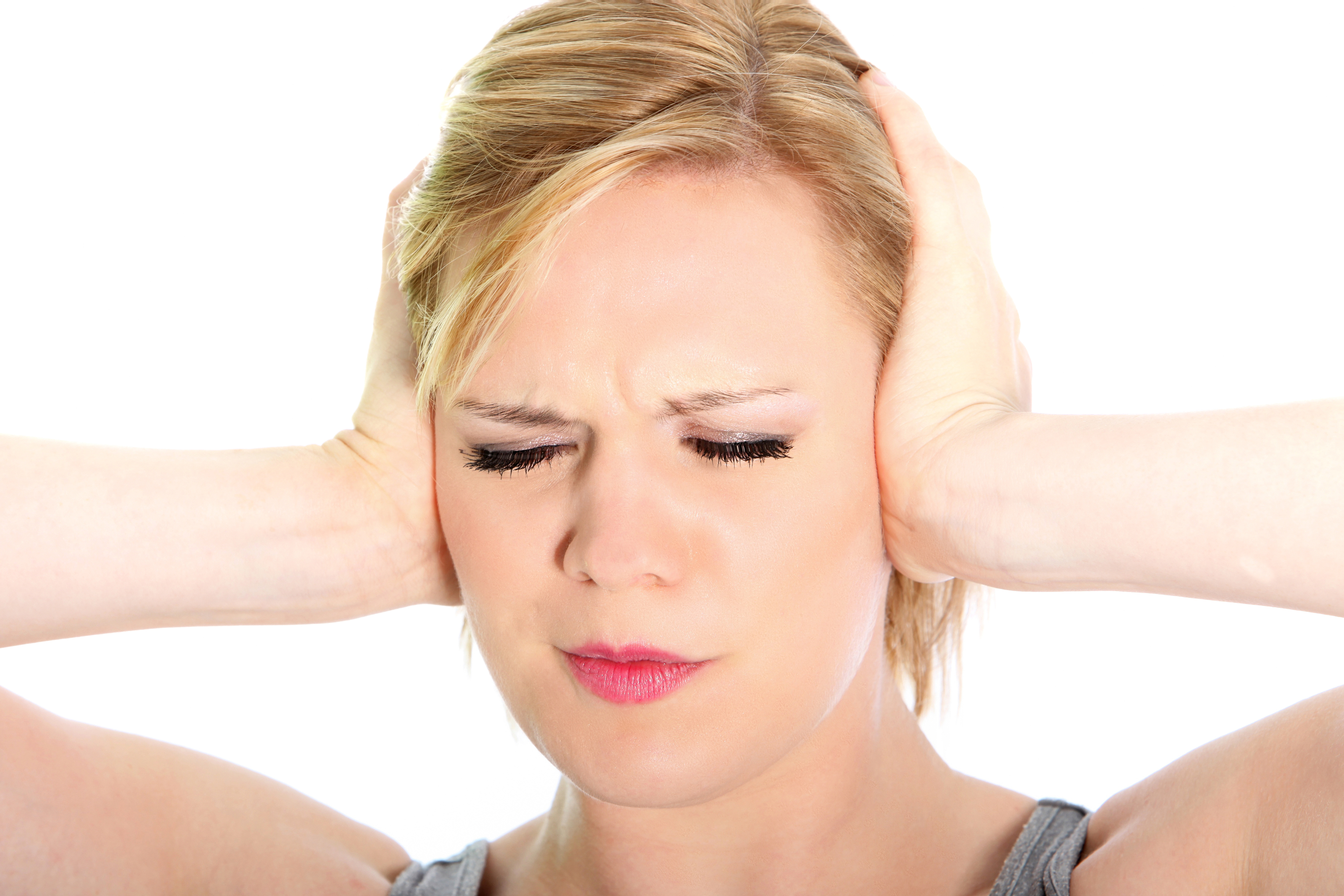How To Identify Cluster Headaches Before They Get You
Cluster headaches develop in clusters or patterns that last anywhere from a few weeks to months, followed by periods of remission in which no head pain occurs for weeks, months or even years at a time. Cluster headaches are one of the most painful forms of a headache. Although they are rare and not life-threatening, cluster headaches tend to cause waking in the middle of the night with intense pain on one side of the head. Treatment options are available to reduce the severity and duration of cluster headaches.
Symptoms

Cluster headaches tend to come on quickly without warning. Early symptoms may include aura and migraine-like nausea. Other common symptoms include restlessness, excessive tearing in the eyes, pain on one side of the face, redness or swelling in the eye on the affected side, a drooping eyelid, pale skin, flushing of the face, forehead or facial sweating, and a stuffy or a runny nose. A cluster headache is characterized by excruciating pain around the area of one eye that may radiate to other regions of the face, neck, head and shoulders.
Characteristics

Unlike a migraine, people with a cluster headache may pace or sit and rock back and forth in a chair. They may also experience sensitivity to sound and light in the ear and eye on one side of the face. Many cluster headaches occur at night and last anywhere from six to twelve weeks at a time. They may begin every spring or fall and continue for more than a year with pain-free periods that last less than a month. A single headache can last anywhere from fifteen minutes to three hours, and they tend to occur at the same time every day.
